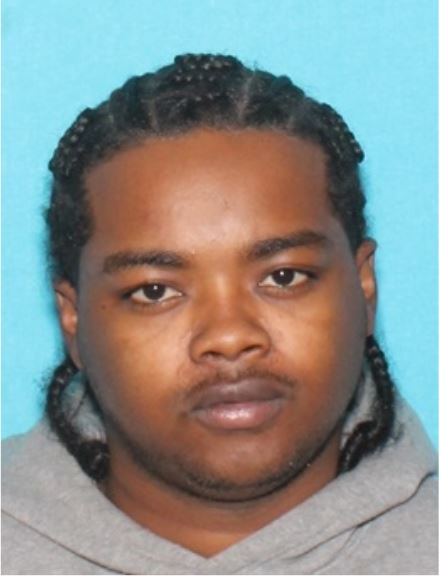Remembering 1980 hostage crisis
Published 12:37 pm Wednesday, August 7, 2024

- Gene Hays, in Oxford, Miss. on Monday, August 14, 2017. (Photo/Bruce Newman)
By Gene Hays
MSgt, USMC (Ret)
The leader of Iran’s royal family, named Mohammed Reza Shah Pahlavi, was installed in power in 1953. Under the Shah’s pro-Western, secular anti-communist government, some 80 percent of the nation’s oil reserves returned to U.S. and British control.
With a steady supply of American-made weapons, the Shah and SAVAK, his secret police, brutally repressed opposition to his rule, including an uprising in 1963 led by the Ayatollah Ruhollah Khomeini, an elderly Islamic cleric.
A popular revolution in Iran swept the Shah from power in 1979. He was overthrown, and replaced with an Islamist government engineered by Khomeini, who returned triumphantly after 14 years of exile to take his place as Iran’s political and religious leader.
That October, after it was announced that the Shah, now in exile in Mexico, was suffering from an aggressive form of cancer, U.S. President Jimmy Carter reluctantly decided to allow him entrance to the United States for treatment on humanitarian grounds.
The decision sparked a firestorm of anti-American sentiment in Iran, culminating in the students’ siege on the U.S. embassy in Tehran on Nov. 4, 1979. Carter’s failure to resolve the hostage crisis doomed his 1980 reelection campaign, as Republican challenger Ronald Reagan won a landslide victory in the November election.
The United States and Iran finally came to an agreement to free the hostages in December 1980, but the Iranians showed their enduring hatred of Carter by waiting to release them until minutes after Reagan delivered his inaugural address on Jan. 20, 1981.
The Iran hostage crisis brought the United States directly into conflict with militant, political Islam for the first time. It also began the hostility that continues to characterize the U.S. relationship with Iran to this day.
On Jan. 27, 1981, the hostages landed at Andrews Air Force Base, Maryland.
During all this time, I was serving as a personnel manager at Headquarters United States Marine Corps and with my family, we were living in government housing at Andrews.
I was given the day off to witness the event. It was a very emotional event covered by the world press. I learned later all our Marines were given 30 days leave au gratis.
After a month or so, the freed Marine hostages returned to headquarters to learn what came next. The personnel management division under which I served as a “monitor,” gave the Marines an option to enter any Marine Corps formal school and military occupational specialty, waiving any pre-requirements.
Three of those Marines came to me, wanting me to assign them to the formal schools for aviation electronics. All three successfully completed their training and were assigned to Marine Corps operational squadrons in the United States. It was an honor for me to know all these individuals.
Gene Hays is a retired Marine Master Sergeant, Aviation Electronics Maintenance Chief, author, and historian. Email: rghays47@gmail.com.





